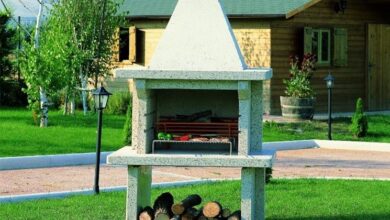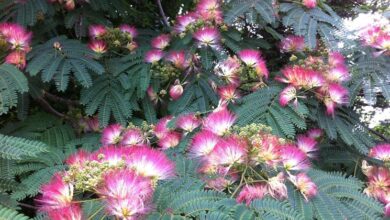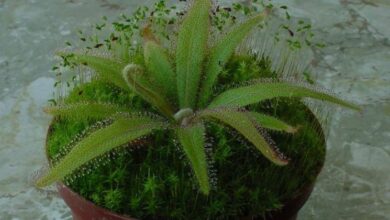Cappuccina
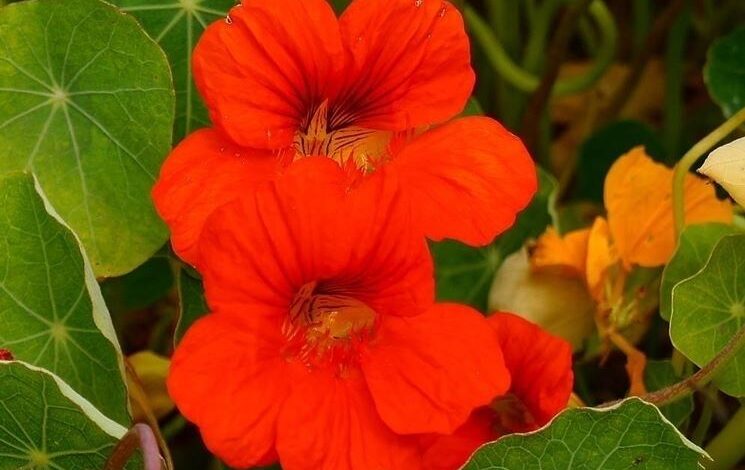
The cappuccina: characteristics of the species
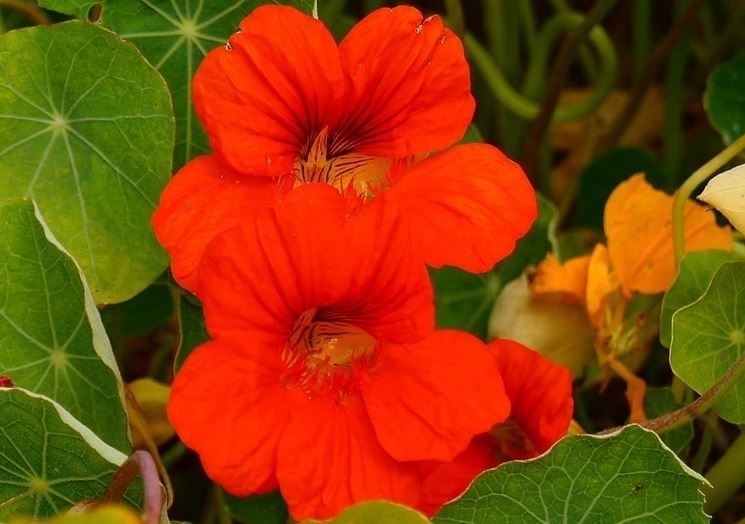
The cappuccina or tropaeolum
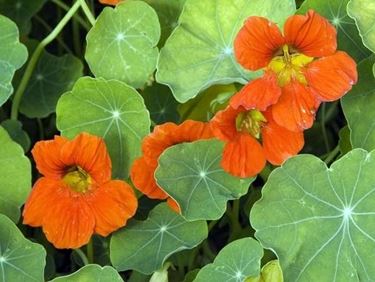
The capuchin is a vigorous and generous flowering plant, with golden yellow to orange colors. The seeds of the cappuccina are available and are of numerous horticultural varieties with flowers of different colors. The capuchin minus is a species of reduced size, perennial, also cultivated as an annual. The flowers of this variety are fragrant, yellow-orange, numerous, close together. The lower petals, on the other hand, are spotted with carmine-red. Flowering is earlier than other varieties. The capuchin peltophorum is a perennial species in hot climates, where its branches can reach even over 4 meters in length, covered with red flowers. This variety of cappuccina can be found in our warmer regions and can be grown leaning against a wall, in a sunny position.
Cappuccina: sowing, transplanting and multiplication
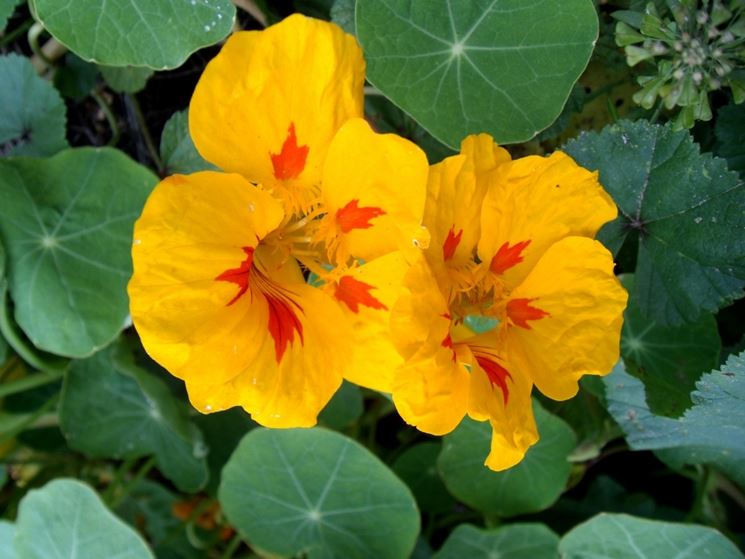
The tropeolus, also called nasturtium or capuchin, is an annual and perennial herbaceous plant, tuberous, easy to grow, but which requires semi-shady and humid positions. Do not believe that the capuchin, because it is an easy plant, can be grown without special precautions. The capuchin loves to live on the edge of waterways, in shady positions and in fertile soils. In the Italian flora it is easy to meet spontaneous species such as the majus capuchin which takes on various vulgar names. Cappuccina peregrinum is also called soft cardamind. The capuchin is sown in the ground or in peat pots and then transplanted as soon as the vegetative seeds have formed at least two leaflets. The best time for sowing is March in pots or in the months of April and May in the open ground.
The cappuccina: fertilization and flowering
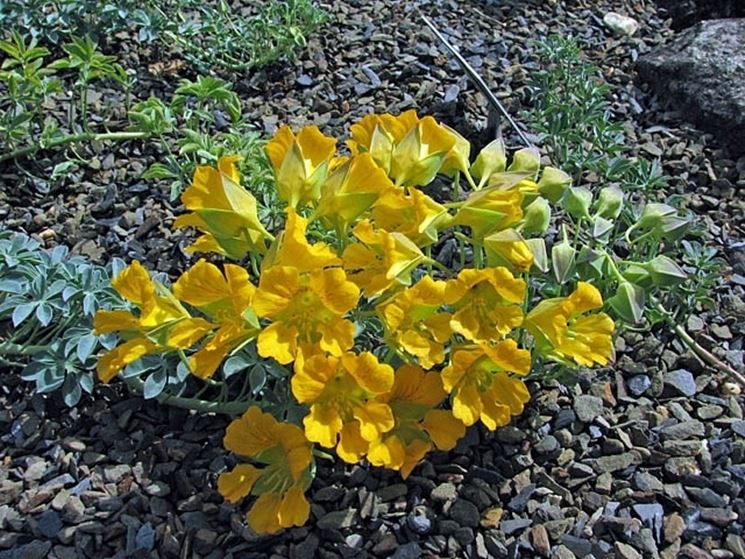
A soil favorable to the development of capuchin plants can be prepared by mixing leaf soil, mature manure, peat and siliceous river sand. This compound is very suitable for the cultivation of nasturtiums in containers on the terrace or balcony, where the most suitable position is to the east. Cappuccina plants require sparing watering until the vegetative development is complete. When the first buds appear, it will be necessary to gradually increase the frequency and doses of watering. Cappuccina loves phosphorus-based fertilizers. All the capuchin species bloom in summer. Plants obtained from sowing in a hot greenhouse carried out at the beginning of the year will flower between April and May. The color of the flowers varies according to the species and varieties, from yellow,

